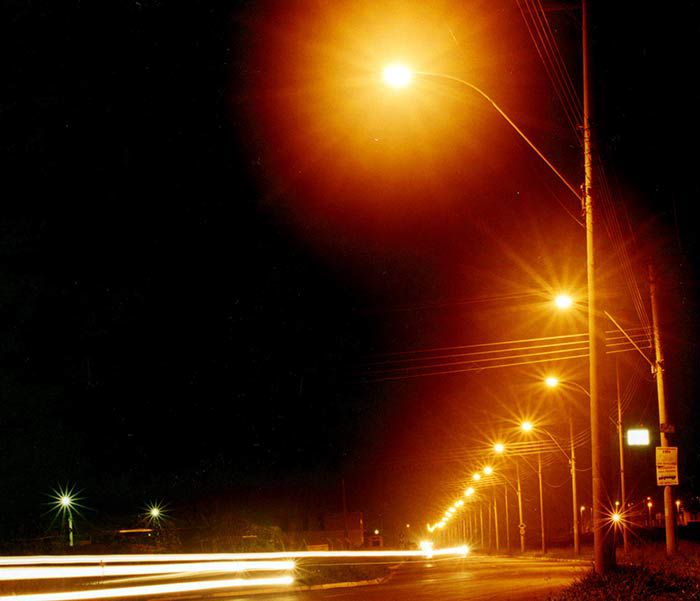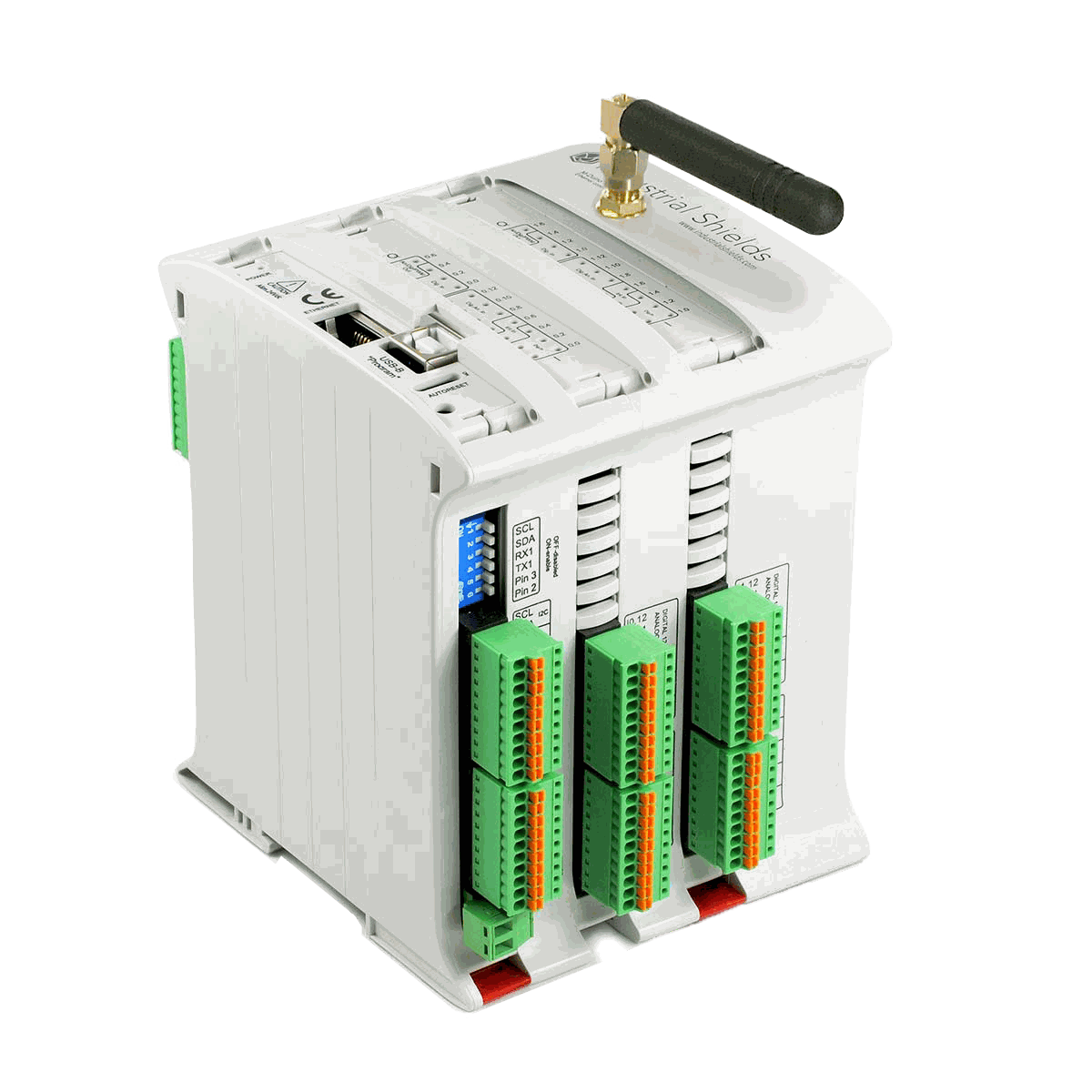SMART STREET LIGHTING
Programmable Logic Controller, based on Arduino to improve street light installations.
According to last studies, around 20% of the electricity consumption is used for the lighting purpose which is higher than the electricity produced by hydro and nuclear power stations.
On manually operated systems, the problem is that they will be in ON state even though there is no requirement of light and hence it causes loss of power. Moreover, in these manual systems, when any fault occurs we may not be capable to know about the fault so this problem cannot be rectified.
In most of the areas, conventional street lighting systems are online at regular intervals of time irrespective of the seasonal variations.
The street lights are simply switched on in the afternoon and turned off in the morning, so a large amount of power is wasted meaninglessly. As energy consumption is an issue of increasing interest, possible energy savings in public street lighting systems should be necessary.
The Smart Street Lighting system will allow to accomplish the demand for flexible public lighting systems using a Programmable Logic controller (PLC).
The main difference from other computers is that PLCs are armoured for severe conditions such as dust, moisture, heat, cold etc., and have the facility for extensive input/output (I/O) arrangements.
The M-Duino PLC with GPRS connectivity it has been the most used solution of our customers for the Smart Light Control.
An installation controlled by a PLC has got the advantages below:
- Better flexibility of the road lighting
-
Remotely switching street lights on and off
-
Control of the city infrastructure
- Energy savings up to 60%
- Resistance against external interferences
- Dimming the lights communicating through the grid
- Lower energy usage
- Reduction of operational costs
- Better security
- Simple installation of PLC technology into most street lights solutions
- Using the existing power lines of the lighting system for transmitting commands
- 10% more savings on electric power in addition to the power already saved in case of using LED technology
GOALS & BENEFITS
Controlling a public lighting system with PLCs will allow us to accomplish the points below:
- Precision on/off times based on location, the astrological calendar, and weather conditions
- Power-saving dimming during dawn/dusk and deep night
-
Traffic control through dimming
-
Traffic monitoring
- Lamp failure notification
- Lamp maintenance notification based on temperature, current, PF, or operational hours
- Emergency on/off/intensity control
- Real-time monitoring of energy consumption

Costs reduction
Energy use is reduced by up to 50% with efficient LED lighting and dedicated optics for any application.
Maintenance costs decrease with Iot-ready, serviceable luminaires. Modular components and digital maintenance tools enable lightning-fast maintenance operations.
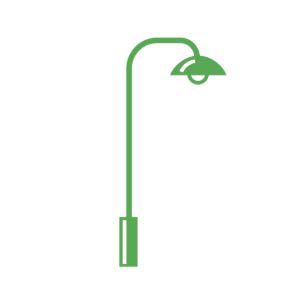
Enhanced experience
Street aesthetics are enhanced while also subtly illuminating surrounding areas. Eliminating light trespass ensuring residential lighting is a benefit to citizens.
The latest lighting technology ensures drivers and pedestrians alike feel safe, comfortable and not isolated.

Improved sustainability
Reduction of CO2 emissions for a greener, more sustainable city. The night-sky is preserved and bats are protected by using special light recipes for bats.
Future-proof city lighting with an upgradable infrastructure.

SHORT BRIEF OF THE HARDWARE SOLUTION
The performance and capacity of a lighting automation system are determined by the range, data rate, noise immunity, and routing capability of the PLC system.
A concentrator modem with a WAN connection, such as fiber or 2G/3G wireless, communicates with a network of modems, or nodes, which control each lamp.
The range of the PLC modem determines the number of nodes with which the concentrator can directly communicate. The greater the number of nodes, the more efficient the system is.
An electricity grid analyzer monitors the voltage and intensity of three lines; these data are processed by the PLC and sent periodically via GPRS to the central office servers, then it is possible to determine the health of the electricity grid, detect possible failures and perform predictive maintenance.
The system is also automatic; when it detects anomalies in the electricity grid, it is able to cut the line if necessary.
Additionally, two sensors have also been added to the PLC to protect the installation: the first one detects possible openings of the electric box and the second one activates an alarm for cable theft.
The range of communication on a powerline is impacted by several factors.
Noise immunity is crucial to mantain the essential features of the automation system. By incorporating routing capabilities in the nodes, a mesh network can be established to allow nodes connected with the concentrator to extend the network.
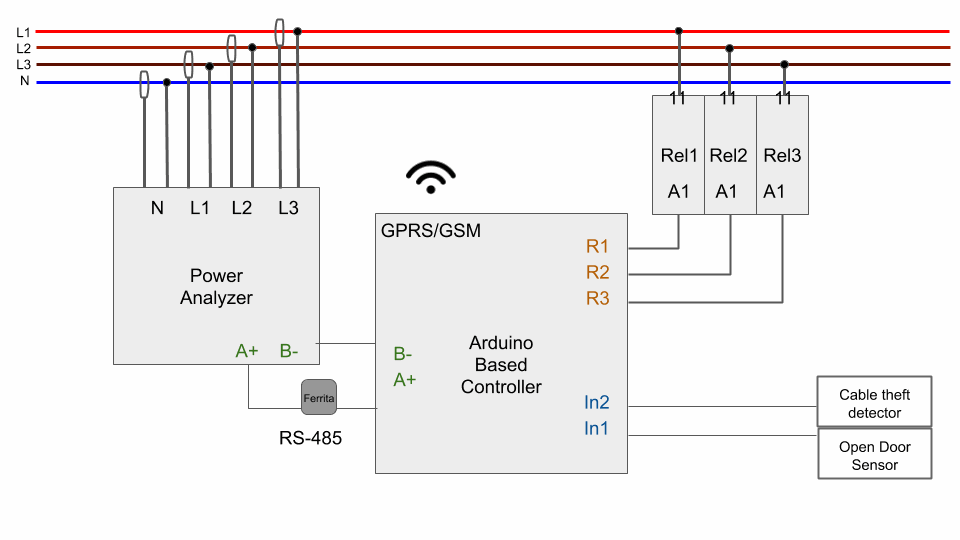
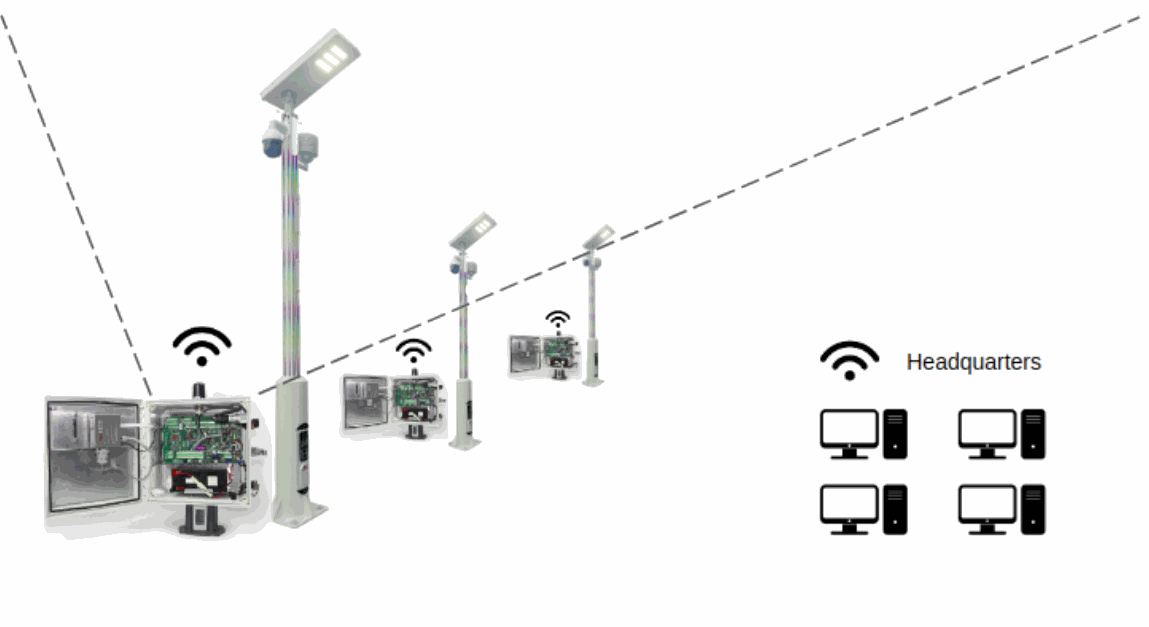
Some of the solutions that can currently be deployed together with Smart Street Lighting
BROADBAND CONNECTIVITY
SMART PARKING
AIR QUALITY AND NOISE MONITORING
PUBLIC SAFETY THROUGH HD VIDEO
TRAFFIC LIGHT CONTROLS
PEDESTRIAN FOOTFALL SENSING
ELECTRIC VEHICLE CHARGING STATIONS
TRAFFIC MANAGEMENT
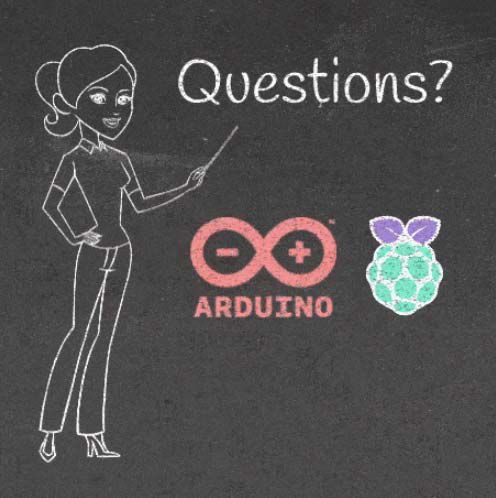
Leave us a message and we will contact you.
Tell us which project are you working on and we will help you.
